Posted by Dr. Abbi L Engel on Apr 15, 2016
George Shaw (donor and board member) asked program officer Abbi Engel about what the key lessons were and to identify what Friends learned at the Summit held on Leap Day and March 1, 2016.
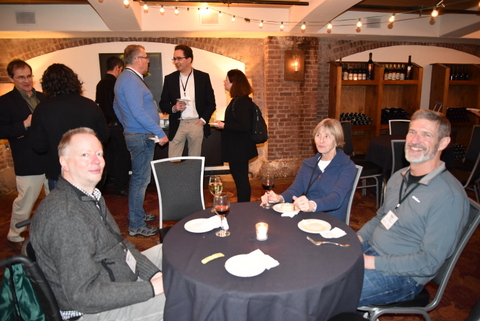
As a donor, how will the results of the Summit make my donations go farther and/or have more impact?
The Summit identified three important things:
- where Friends funding should be directed to have the greatest impact for patients
- where we can work with other organizations to leverage the dollars we spend in our grants
- where we can avoid duplicating effort or funding programs that are better supported by others.
For example, collaboration with the National Center for Advancing Translational Sciences at the NIH can allow basic research projects that have been supported by Friends to access millions of dollars in infrastructure and resources that will accelerate getting these discoveries into the clinic.
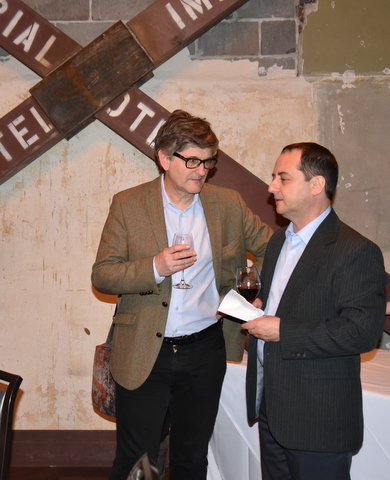
How did this Summit differ in content and outcome from other FSHD meetings?
This meeting was held specifically to help Friends of FSH Research evaluate our funding strategy and make sure we were supporting programs that have the most potential to benefit patients. We brought together stakeholders from all aspects of the drug development process (including basic and clinical investigators, other foundations, government, patients, industry and regulatory agencies) who normally do not get the chance to interact. Having these individuals understand the needs at each stage of development is absolutely critical to advancing research as quickly as possible.
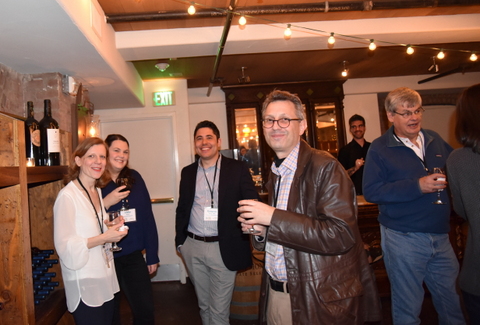
I keep hearing about all the progress made, and having a meeting with regulators and pharmaceuticals must mean something. So where are we exactly on the road to a cure?
It is early in the process, but by engaging regulators and the companies that will ultimately be responsible for clinical trials, we were able to get a comprehensive view of where the field has been successful and where gaps remain that could slow development of effective therapies. This perspective will inform grant applications now, so we can be proactive and fund solutions before these bottlenecks arise. It also helps ensure that all current studies are conducted with the rigor and reproducibility that will be required to meet regulatory standards for clinical trials.
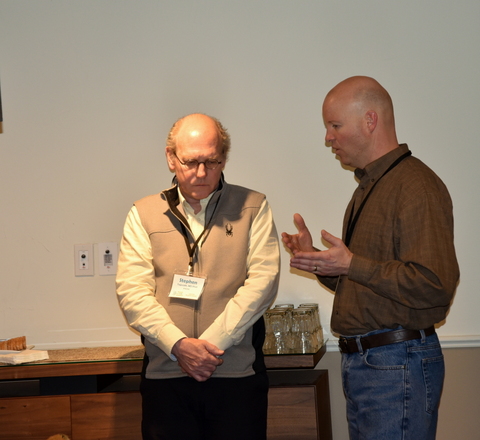
Briefly, what were the most important two or three things that came out of the Summit, and how do they apply to me as a patient and/or donor?
First, Friends identified several high priority areas where funding is urgently required. Our new grant announcements will reflect these needs.
Second, it initiated conversations between our grantees and other stakeholders that are transforming the FSHD field. It created opportunities for collaboration between these groups that are expected to result in better, more informed research strategies.
Third, there was acknowledgement of what Friends and the FSH community are doing well. After a period where research has focused on better understanding what causes FSH, we are now in a position to take those advances and translate them into potential treatments for patients. This is an enormously exciting time and the Summit helped crystallize how we can accelerate this process.
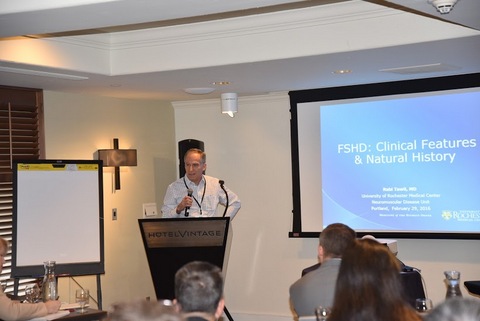
Patient studies take years to conduct, and consume millions upon millions of dollars. Although Friends has taken the lead in funding very key research, it obviously does not have the resources to fund a big study. So what will its role be? Will my dollars continue to make significant impact?
Clinical research is expensive and time consuming. One of the major goals, which we met, was to discuss problems in other rare disease research so we can avoid wasting any of these dollars or time. Friends will continue to make strategic investments that can open access to other, larger sources of funding. Additionally, we are looking at opportunities to combine funding with other groups/organizations, such as the international FSH funder consortium FSH Champions, FSH Society, FSH Canada or with the Seattle-based Senator Paul D. Wellstone Muscular Dystrophy Cooperative Research Center.
Why should I bother getting signed up in a Registry? Aren’t there lots of other people who will do that?
The registry is critically important for understanding the disease and knowing what is important to patients. With FSHD in particular, there is such variability in how the disease presents and how it progresses that it is difficult to know how to design a study where we can know if a drug is having an effect.
We need every patient who can to participate in registries and clinical studies now so we can understand what that variability means and how it should influence clinical trial design. Without that understanding, getting new treatments to patients will be delayed and, in a worse case, could mean we miss effective treatments because we do not know how to assess their impact.
What can I do as a donor/patient to ensure that the advances from the Summit have an impact?
- Donate to our May 3 Big Give so YOU can help build a clinical center for muscular dystrophy research! (more info to come)
- Be involved! Register with the US registry for FSHD (here) and check our website often for updates in current research and ways you can participate locally.
- Attend the May 6-7 Spring Green event in Lynwood and support Friends as we co-sponsor this art show! Help us get the word out about the need for research and a cure for FSHD.
- Save the date for the Friends of FSHD auction Jan 21 2017!





Connect with us on social media